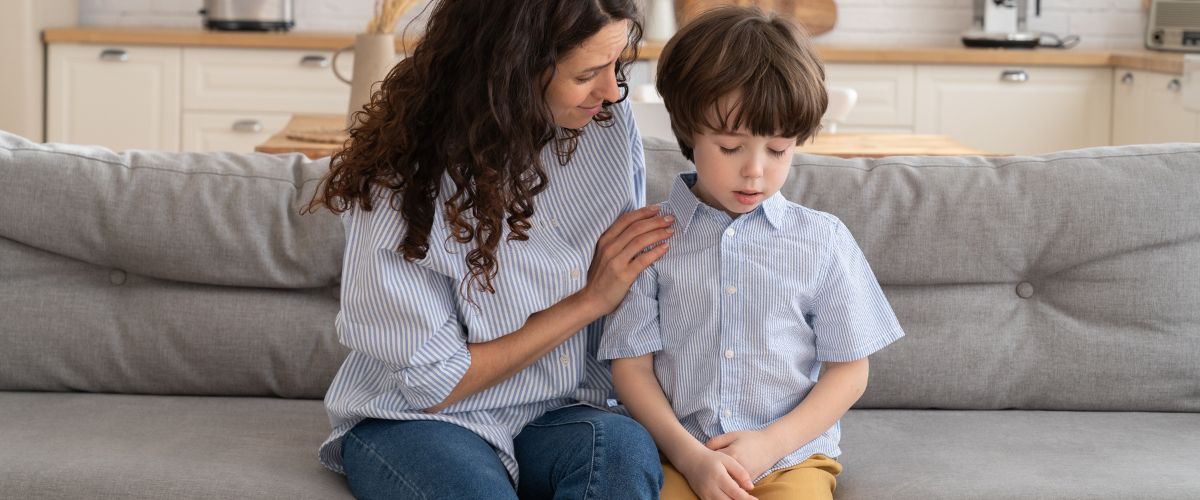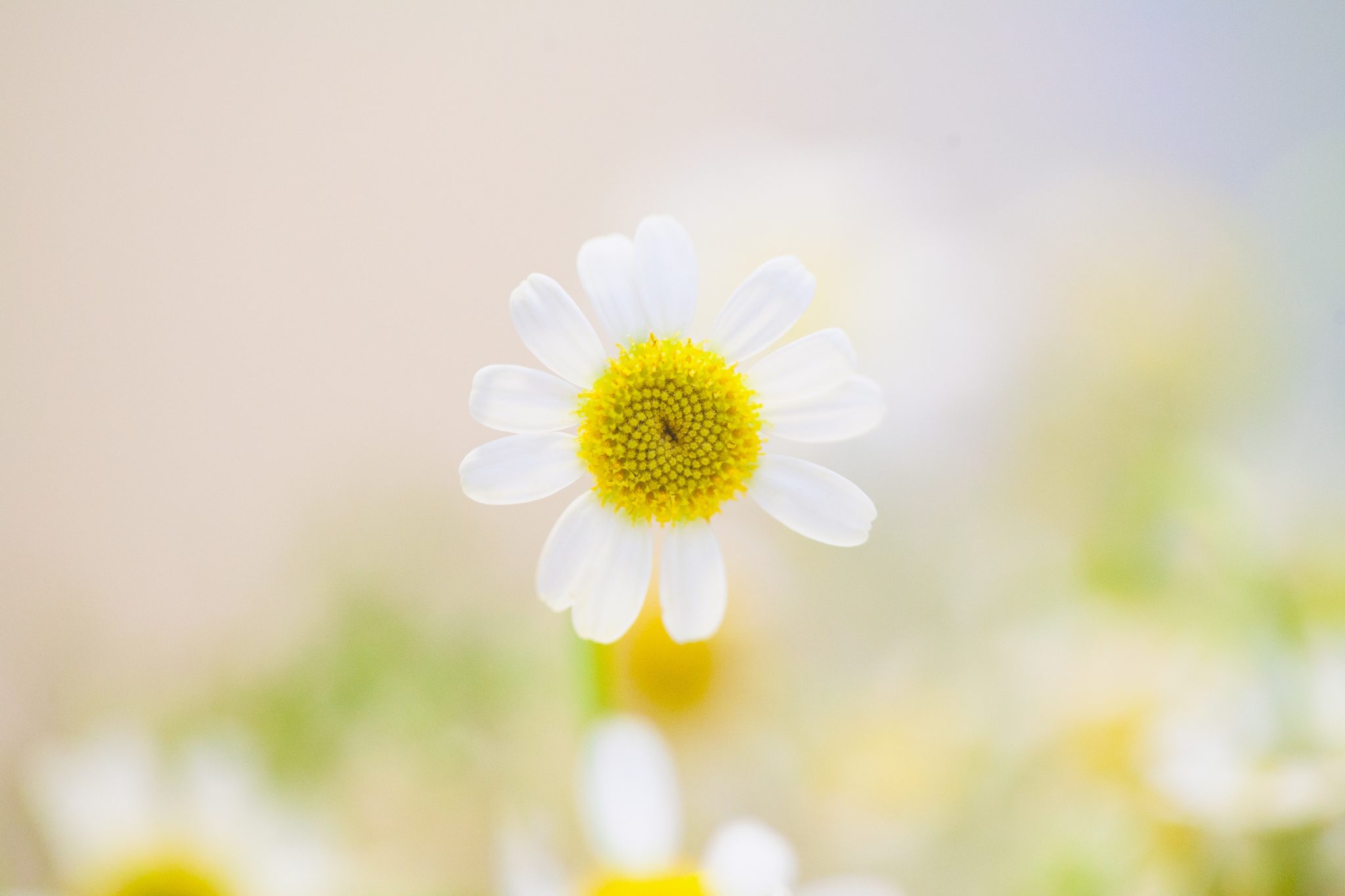8 Ways How To Reduce Teenage Exam Stress And Anxiety Top tips on helping reduce student and teenage study and exam stress, hep your teen feel more calm, confident and …
 Stress Management Aromatherapy Holistic Meditation Parenting Stress
Stress Management Aromatherapy Holistic Meditation Parenting StressHow To Reduce Teen Exam Stress
 Aromatherapy Holistic Sleep Stress Management
Aromatherapy Holistic Sleep Stress ManagementWhy Lavender Essential Oil Should Be In Every Family First Aid Kit
Why Lavender Essential Oil Should Be In Every Home First Aid Kit Lavender essential oil is one of the most widely known and used popular essential oils for the …
 Uncategorized Holistic Parenting Stress Management
Uncategorized Holistic Parenting Stress ManagementNOISE Sensitivity- Why Noise Maybe Your Child’s Biggest Stressor
NOISE Sensitivity – Why Noise Can Be A Child’s Biggest Stressor Why Noise Sensitivity Could Be One Of Your Child’s Biggest Cause Of Stress, Anxiety And Depression So What Is …
 Holistic Aromatherapy Essential Oil Meditation Parenting Sensitive Kids Stress Management
Holistic Aromatherapy Essential Oil Meditation Parenting Sensitive Kids Stress Management7 Ways To Calm Down A Hyperactive Child
How To Calm Down A Hyperactive Child Top tips how to calm down an overstimulated hyperactive child or child with ADHD. Understanding hyperactivity and children and how to deal with …
 Meditation Holistic Parenting Stress Management
Meditation Holistic Parenting Stress ManagementBig Benefits of Meditation And Mindfulness For Children
Benefits Of Meditation And Mindfulness For Children So What Are The Healthy Benefits Of Meditation And Mindfulness For Children? Well sadly over the last few decades we have we are …
 Healthy Recipes Holistic Parenting
Healthy Recipes Holistic ParentingHealthy Chocolate Milk Alternative Recipes For Kids
Healthy Chocolate Milk Alternative Recipes Healthy chocolate milk, is their really a healthy alternative? When we automatically think of a cool chocolately drink or chocolate desert for kids we think …
 Empath Highly Sensitive Person Holistic Sleep Stress Management
Empath Highly Sensitive Person Holistic Sleep Stress ManagementBest Essential Oils For Sensitive Kids And Teenagers
Best Essential Oils For Highly Sensitive Kids And Highly Sensitive Teenagers who feel deeply are more easily overwhelmed and stimulated by the world around them.
 Meditation Empath Highly Sensitive Person Holistic Inner Child Parenting
Meditation Empath Highly Sensitive Person Holistic Inner Child Parenting7 Signs Of A Highly Sensitive Child
7 Signs Of A Highly Sensitive Child Common signs of a highly sensitive child? Want to learn if you have a HSP Child? Lets explore some of the challenges and …
